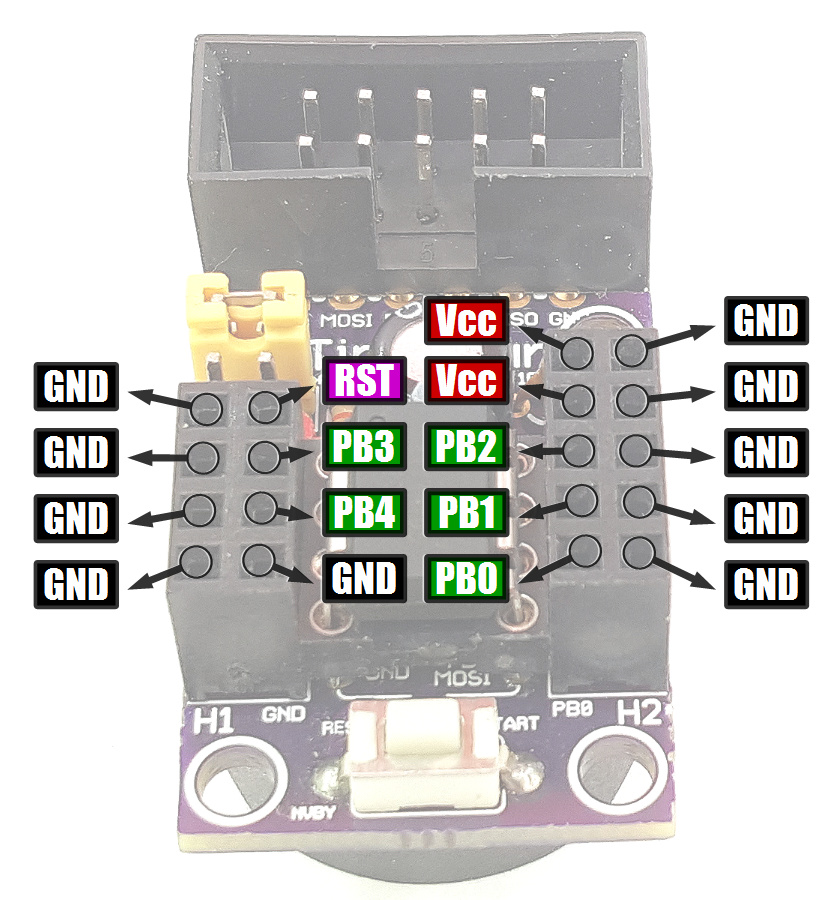Frequently Asked Questions
—- this is work in progress —-
What are the system parameters of the Tinusaur?
It comes with ATtiny85 microcontroller by Atmel, and here are the parameters:
- CPU: 8-bit AVR
- Flash: 8 Kbytes
- SRAM: 512 Bytes
- EEPROM: 512 Bytes
- Operating Frequency: 1 MHz / 20 MHz
- Max I/O Pins: 6
- Ext Interrupts: 6
- TWI (I2C): 1
- ADC: 4 channels, 10 bits, 15 ksps
- Differential ADC Inputs: 2
- Analog Comparators: 1
- Timers: 2
- Output Compare channels: 5
- Input Capture Channels: 0
- PWM Channels: 6
- Temp. Sensor: Yes
Although it has 6 I/O pins only 5 could be used since pin 1 is used as RESET and takes an important part in the programming of the controller with the ISP programmer.
More technical information is available on Atmel ATtiny85 page.
What are the advantages and disadvantages of the Tinusaur?
Short answer: It is simple to build and use but may lack some features. 🙂
Complete answer: Go to the Pros and Cons page for more complete information.
Where could the Tinusaur be used?
The Tinusaur is suitable for simple and complex projects where no more than 5 digital and/or analog wires are needed.
Another constraint could be the amount of memory it offers: 8 Kbytes Flash; 512 Bytes SRAM; 512 Bytes EEPROM. If that’s sufficient, then the Tinusaur is perfect for your project.
Where the Tinusaur cannot be used?
The Tinusaur is not suitable for projects where more than 5 digital and/or analog wires are needed.
Another constraint could be the amount of memory it offers: 8 Kbytes Flash; 512 Bytes SRAM; 512 Bytes EEPROM. If you need more, you should probably go with another board.

